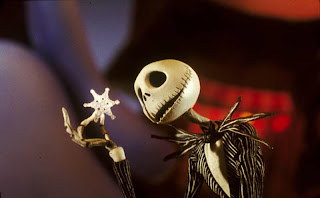
Three years after Alien (1979) hit the movie world, horror director John Carpenter produced his own version of the SF/Horror formula. The Thing (1982) is based on a short science fiction story by John W. Campbell, Jr. about a shapeshifting alien and Carpenter incorporated lots of elements out of Alien to create a most horrific movie. Of all the movies that the SF and Horror marriage produced, this is perhaps my favourite.
There are many similarities between The Thing and Alien. I almost consider them brothers. Instead of a bushy Sigourney Weaver we have Carpenter’s favourite hero, a bushy Kurt Russell. The Alien tagline runs: In space no-one can hear you scream. Well, the same goes for Antarctica. Cut the communications and you are as lost in an empty and hostile place as you are in space. The movie opens with a powerful scene of a helicopter over the endless white plains of Antarctica.
As with the alien in Alien, the thing in The Thing is created with award winning artwork and special effects. After thirty years, the disgusting creature looks more real than todays computer generated monsters, although the models move a bit awkward. An important part of the movie is the strong mood of paranoia and the desolate, bleak landscape of snow. It has a good pace and is very entertaining. The Thing is timeless.
IMDB: The Thing





